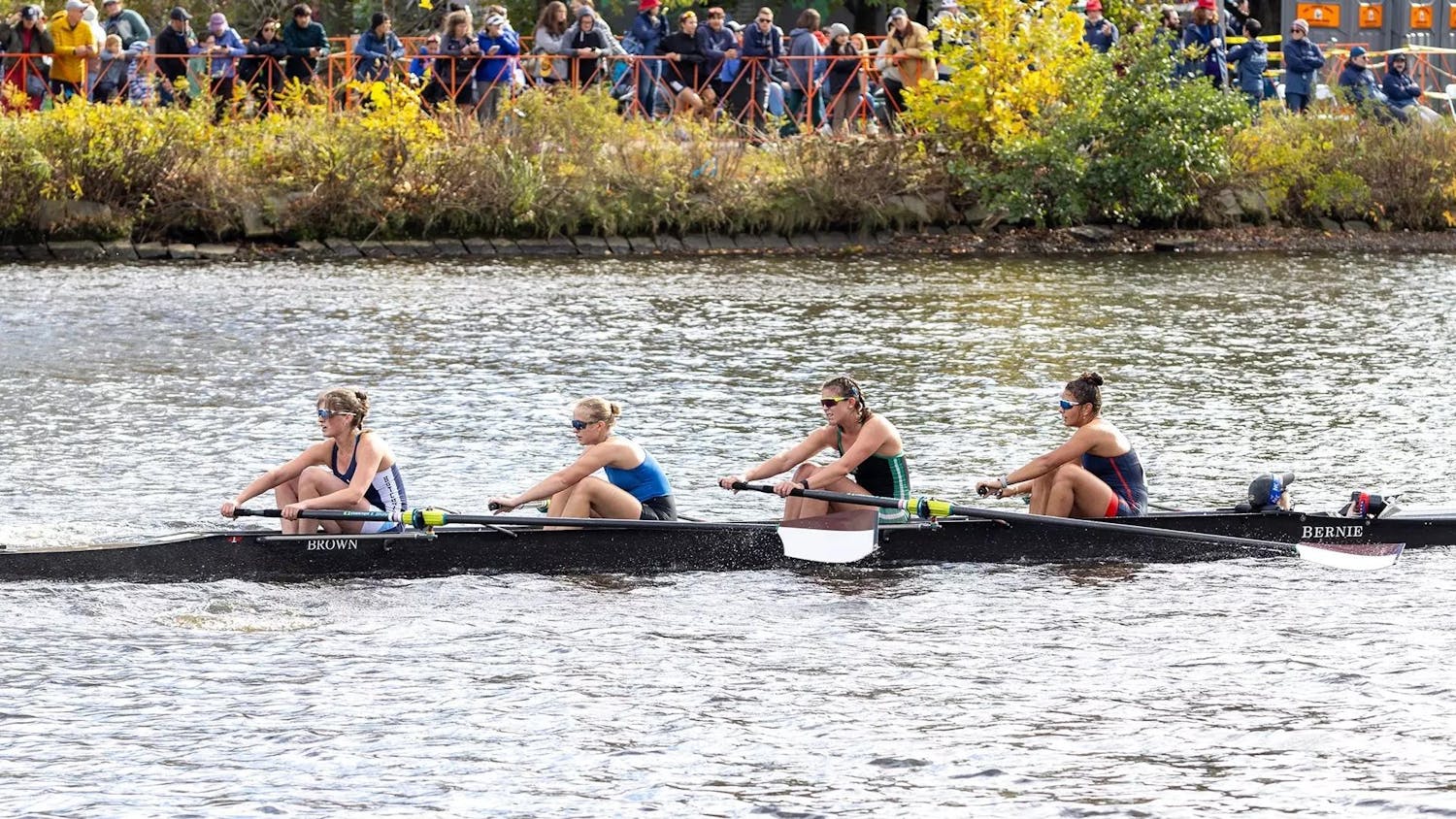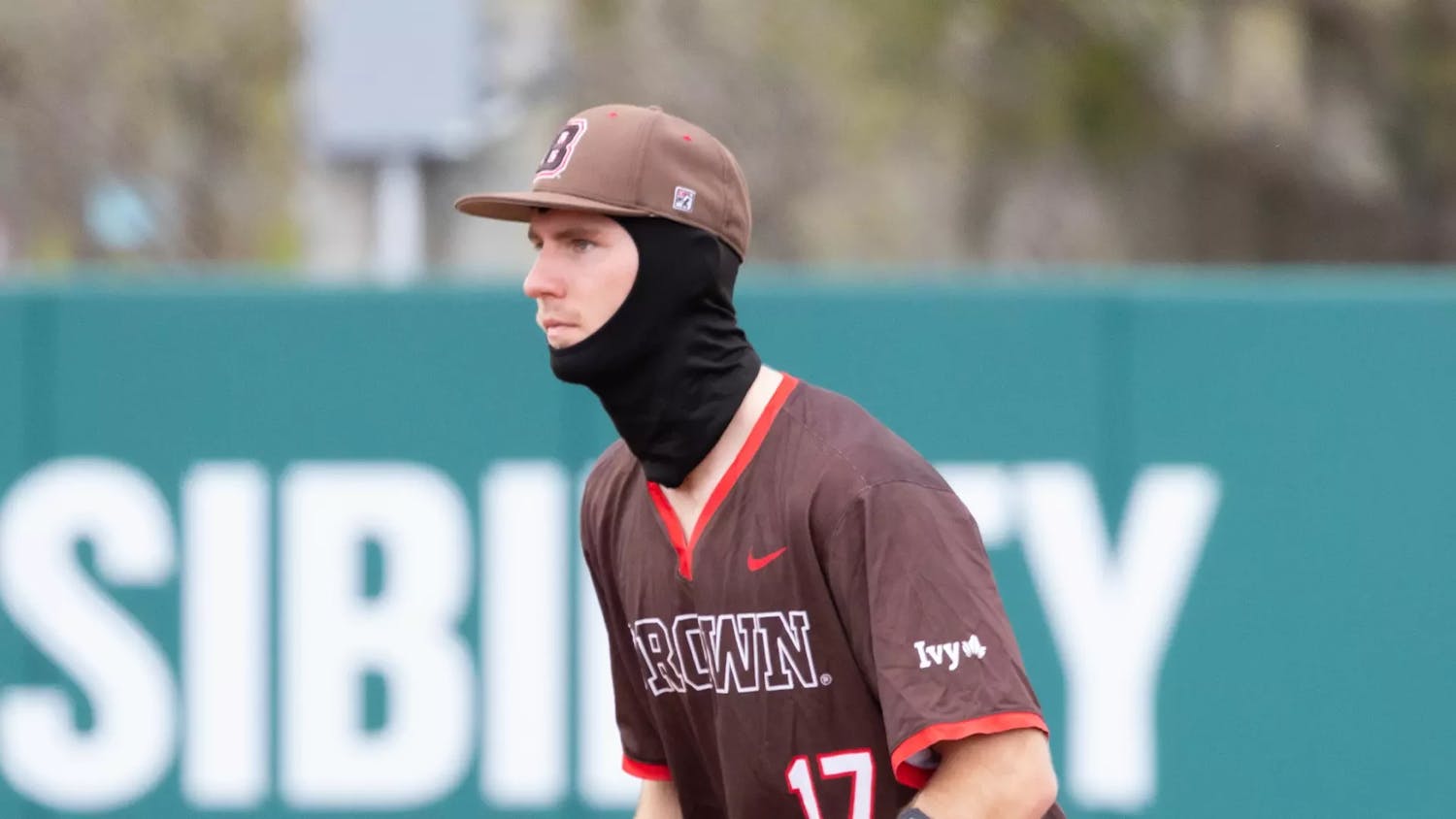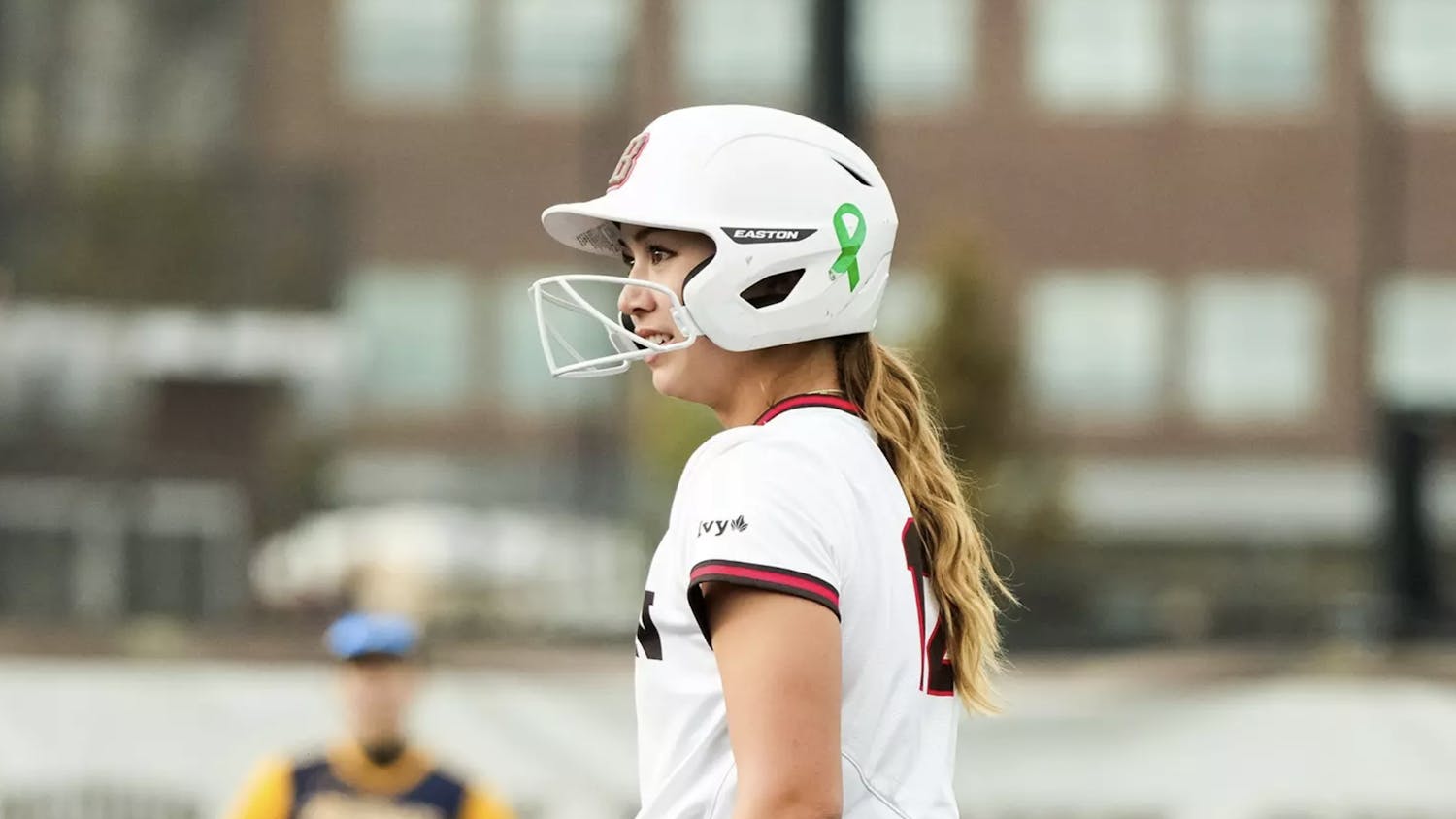It's getting to be that time again. We're already halfway through April, and you can't turn on your television without hearing announcers plug the event. Every year it happens; another run in the playoffs, another champion. You can barely go anywhere without hearing somebody talk about it.
At least in Seoul.
I'm talking about professional StarCraft. Noun-adjective disagreement? Maybe to most in the United States, but not to anyone in South Korea, where the e-sport has been spawning a mega-market fan base since its inception in 2002.
There are stadiums, at least three full-time cable channels exclusively devoted to the games, announcers and championship television ratings rivaling that of the Korea Baseball Organization. Did I mention there are sponsors? Because those are important for paying the six-figure contracts the top players are raking in. Like the three-year, $830,000 deal superstar Lee Yun-Yeol inked with WeMade FOX back in 2007. That's not exactly Alex Rodriguez money, but it certainly is enough to upgrade over ramen a few nights a week.
South Korea isn't the only country where full-time gamers are now earning enough to move out of their parents' basements. Paralleling the StarCraft phenomenon, Major League Gaming began in the United States in 2002. The tournament-circuit games are heavily dominated by team-oriented first-person shooter titles, headlined by Halo 3.
Despite the current recession hampering the growth and stability of other American professional gaming leagues, MLG has bloomed from an underground community into a prosperous franchise consisting of over 500,000 viewers. From that fan base, MLG has been able to invest $1.75 million in signing the top teams, including $250,000 to MLG superstar Tom "Tsquared" Taylor.
Most of you are probably wondering where all the viewers come from if there are no live TV channels broadcasting MLG in the United States like there are for StarCraft in South Korea. The online broadcast for MLG garners a rate of viewership among males aged 12-34 that even many traditional cable networks aren't able to muster. That's a fairly selective demographic. If you were an advertiser, what better way to market your product than via a Web site that filters your target audience into one dedicated, homogenous group?
In case you had any doubts about the target audience, Dr. Pepper, Old Spice and the U.S. Army are among the leading sponsors (the Army recruits top gamers to be remote fighter pilots, as many of the same hand-eye reflexes are required for both tasks).
But MLG isn't content to sit back on its online laurels. Just last year, the league signed a deal with ESPN providing the sports media juggernaut the rights to broadcast all MLG Pro Circuit Competitions. There's even a section of the ESPN Web site devoted exclusively to MLG coverage, including a weekly top 10.
The question remains as to whether the culture of competitive gaming can overcome the stigma of nerdiness and social taboo that have long accompanied these pastimes. On the one hand, there is something odd about watching a group of people play video/computer games on your TV or computer. But it wasn't too long ago that poker was just a game played by people in bars and casinos. Now, the World Series of Poker and its qualifying events are staples on ESPN.
How much of a difference is there between sitting around and playing with a bunch of cards and sitting around and playing with a bunch of controllers? For that matter, how much more obscure is either activity from hitting a ball with a block of wood and running in circles?
Ultimately, it comes down to cultural momentum. History plays the biggest factor in determining what gains cultural momentum. Do you think it's a coincidence that the United States cares so little about professional soccer, when professional baseball has been played here since the 1870s while Major League Soccer was just founded in 1993?
But as the popularity of televised poker illustrates, history is far from the only factor determining cultural momentum. If the early success of MLG is any indicator, maybe the new fads catch on because those who watch them feel like they are more able to be like the pros. It's slightly easier to feel like you can force a fold in poker or snipe in Halo like a professional than it is to imagine you can windmill dunk like LeBron James.
That being said, maybe the biggest thing MLG needs right now is superstar recognition. Kobe sells jerseys, Tom Brady makes tabloid headlines, people tune in. Maybe that's the rationale behind MLG's move to sign the top players and teams and the reason Dr. Pepper and Gilbert Arenas sponsor team Final Boss.
Whether the U.S. will have multiple 24/7 networks covering gaming like South Korea is open to debate. Regardless of the path professional gaming takes in the United States, one thing is certain: At least there will be fewer players faking injuries.
Ben Singer '09 wants to see Ed Hochuli referee a professional StarCraft match.




